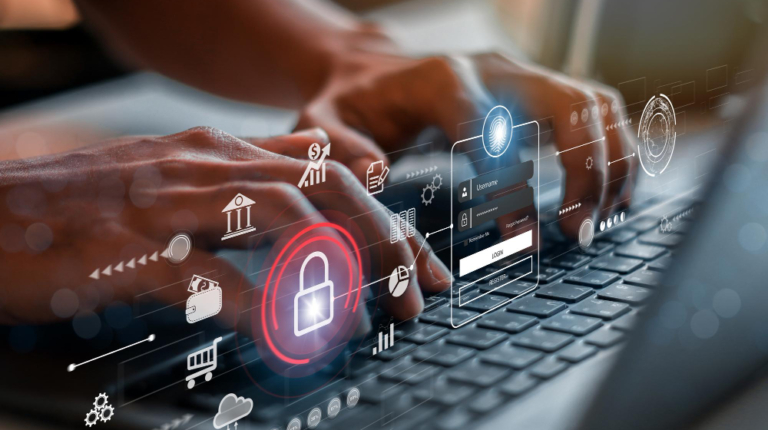With the advancement of technology comes an emerging array of solutions for making processes more secure. One such innovation is biometric authentication, a cutting-edge security system that uses biological traits to verify and manage identity during financial transactions. Biometrics poses a potential variety of benefits when used in banking, including increased accuracy and higher levels of security. In this blog post, we’ll explore the many facets and opportunities biometric authentication provides via its modern applications within financial contexts.
The potential of biometric authentication in financial transactions
The potential of biometric authentication in financial transactions has been increasing as technology advances. Biometrics are physical or behavioral characteristics that can be used to identify and verify individuals. This type of authentication is quickly gaining traction due to its convenient and secure nature, making it a viable option for businesses and consumers when conducting financial transactions.
Biometric authentication relies on a physical trait (like a fingerprint) or behavioral characteristic (such as voice recognition) to verify an individual’s identity. This type of system is much more secure than traditional methods like passwords, as it requires something that cannot be easily stolen or replicated. With the advancement of technology, it is becoming easier and cheaper to implement biometric authentication into a financial transaction.
The use of biometrics for financial transactions provides several advantages. First, it is highly secure and accurate due to the unique features that distinguish each individual. It also eliminates the need to memorize passwords or carry identification cards, which can be easily stolen or lost. Furthermore, this type of authentication allows transactions to be processed much faster and more efficiently than traditional methods.
Biometrics have the potential to revolutionize the way financial transactions are conducted. Not only would it make them more secure, but it could also significantly reduce fraud and other types of malicious activity. This type of authentication could also improve customer experience by reducing wait times and eliminating the need to input information manually.
Despite its potential, biometric authentication has its challenges. For example, it can be difficult to implement in certain countries due to cultural differences or lack of access to the necessary technology. Furthermore, privacy concerns must be addressed when using this type of authentication, as the data collected is highly sensitive.
Conclusion
The potential of biometric authentication is not only limited to the retail but also has many other applications. For instance, it can be used in high-security areas such as military installations or government buildings. Additionally, with the increase in online banking and digital transactions, there is a need for increased security measures that can prevent fraudsters from taking advantage of unsuspecting users. Biometric authentication provides an extra layer of security that can go a long way in protecting people’s finances.
The article was authored by Bahaa Abdul Hussein and has been published by the editorial board of the Fintekdiary. For more information please visit www.fintekdiary.com








